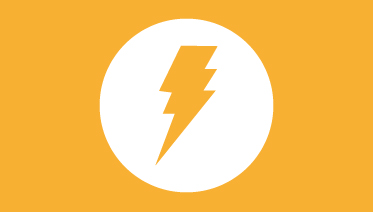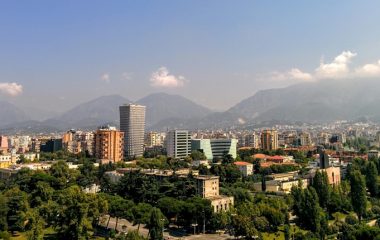
Croatian Energy Regulatory Agency (HERA) reported a drop in energy consumption for last year, attributing it partly to a rise in efficiency and measures for savings, but pointing out that the major impact came from a decrease in economic activity and in population’s purchasing power. Overall, 16.9 TWh of electricity was consumed, 2.6% less than in 2013, which was in line with a five-year downward trend, according to an analysis by the Croatian Association for Energetics published on its portal Croenergo.eu. Tomislav Marjanović, the association’s head, said 15,000 houses and 344 residential buildings with 19,877 households were refurbished from 2012 until now. In his opinion, the government had introduced an attractive system of incentives to lure investors in renewable energy sources, but time has now come to develop the sector differently, which is evident in new legislation, as goals for green power’s share are almost met.
In the eight-year old incentives system for generating power from renewable sources and for cogeneration there was 412 MW of capacity last year, out of which wind facilities had 339 MW. Overall share of that category in Croatia’s consumption was 5.51% last year. The largest part in total production was held by HEP-Proizvodnja, namely 85% in capacity and 80% in recorded generation. Thermal power plant Plomin has a 5% share in total capacity, but it generated 12% of overall power, while the preferential category had 10% of installed capacity and 8% in total generation volume. Power generation capacity in the country was 4.53 GW.
Average incentives paid to preferential producers were HRK 0.89 per kWh, which translates to EUR 116 per MWh or almost three times more than the annual average price on Slovenian and Hungarian power exchanges. HERA said the justifiability of such high prices within the system of incentives needs to be reconsidered, as they are a burden to suppliers, who are obliged to buy a proportionate share of power from producers with preferential status. Solar power plants are the most, while wind parks have the biggest total capacity among more than 1,200 preferential producers. Photovoltaic stations have a share in generation of only 3.79% but they received 10% of funds within the category. Quotas for solar power had been met by the beginning of 2014, namely 5 W for integrated plants, 2 MW for integrated facilities on buildings owned by the state and municipal authorities, and 5 MW for non-integrated systems, the report said. The authors added there were much fewer permits issued last year than in 2013.
Last year there was 35,279 tonnes of biodiesel produced, 5.5% more than in 2013. All three producers had an overall capacity of 179 tonnes a day. The share of rapeseed as source in the volume produced was 95.2%, while the rest of the fuel was made from waste cooking oil.
Domestic power plants generated 12.2 TWh in the year, meeting 72% of demand. Hydropower accounted for 8.4 TWh, which was the best result in ten years.

















